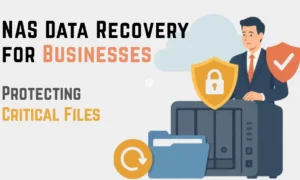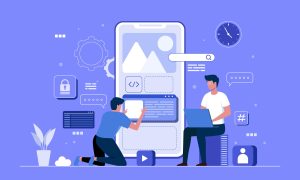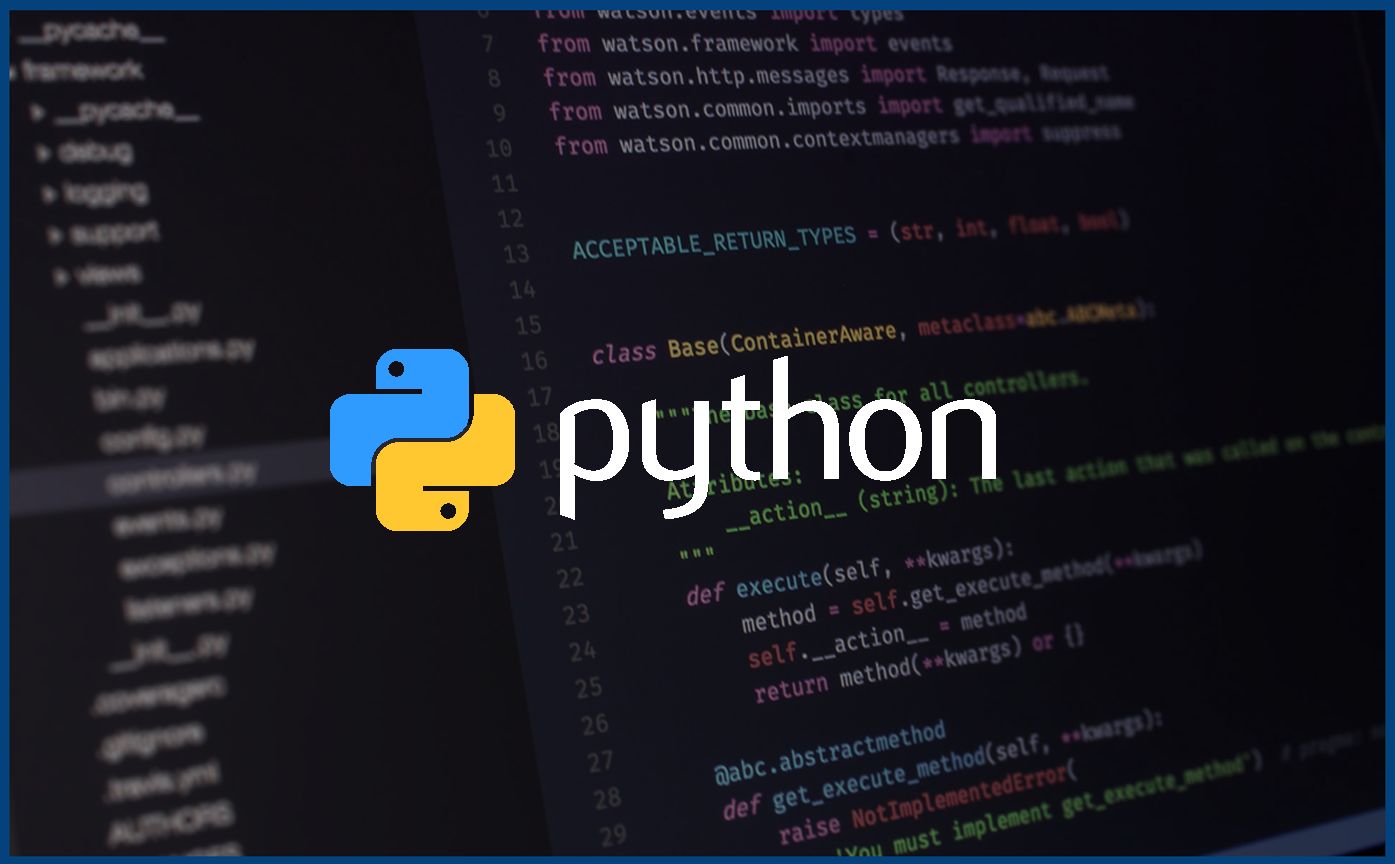Training your employees, partners, and customers is crucial for the growth and success of your business. A learning management system (LMS) can streamline your training efforts, save time, and reduce costs. However, implementing an LMS requires careful planning and execution. To help you successfully launch your LMS, we have created a comprehensive LMS integration checklist that covers all the essential steps and considerations.
Checklist To Implementing an LMS
Define Your Launch Date
Choosing the launch date for your LMS is critical for a successful implementation. Factors such as the complexity of your performance, content requirements, and security processes should be considered. Set a realistic goal and communicate the expectations to all stakeholders involved. Generally, it takes about one to two months to complete the implementation process. Whether you have a hard roll-out date or a more flexible time frame, having a specific launch date helps you stay organized and focused throughout the implementation process.
Establish Key Performance Indicators (KPIs)
Setting clear KPIs is essential to measure the success of your LMS implementation and track progress over time. Determine what goals you want to achieve with your LMS, such as increasing course completion rates, improving engagement, or meeting compliance requirements. If you need help setting meaningful KPIs, consult your customer success manager for guidance and support.
Make the Right Decisions
As you get ready to launch your LMS, it’s essential to take some time to think about the various features and functionality that will work best for your organization. Remember that not all features will be required, so it’s crucial to identify those that align with your training objectives. One important factor is how you’ll add users to the system. You can integrate with your HR system or use a CSV file for batch uploads. By making a list of the features you need and prioritizing them based on your goals and needs, you can ensure that your LMS is tailored to suit your needs.
Integrate with Third-Party Systems
Integrating your existing systems with your LMS can streamline processes and improve efficiency. For example, combining your CRM or HR system allows you to add or remove users based on organizational changes automatically. This ensures that new hires or customers are enrolled in the appropriate courses without manual intervention. Explore the available integrations and determine which will benefit your organization the most.
Design Your Learning Portal Structure
Learning portals are like mini LMSs that provide users with a controlled and managed learning environment. They consist of a top-level portal that acts as the control room and sub-portals managed by the top-level portal. When implementing learning portals, it’s crucial to design the optimal structure for your organization. Decide which portal will serve as the top-level portal, choose a name and branding, and determine the administrators and managers for each sub-portal.
Assign User Roles
Different user roles within your LMS can help streamline the implementation process and ensure smooth operations. Admins have top-level access and can grant permissions to other users. Managers oversee training and generate reports, while instructors are responsible for delivering the training content. Define roles and access levels for each user type and determine their involvement in the implementation process.
Prepare Course Content
When it comes to implementing an effective LMS, having course content that is both engaging and relevant is essential. To ensure you’re on the right track, consider using different types of content like SCORM packages, videos, or existing documents. It’s also a good idea to gather feedback from employees and managers to ensure that the content meets their needs and preferences. Additionally, ensure all content is optimized for different devices and consider incorporating blended learning approaches to enhance learner engagement.
Testing and Launch
Before the official launch of your LMS, it’s essential to conduct a test to identify and address any potential issues. This test launch will help you ensure that learners are enrolled in the correct courses and that the course content is responsive on all devices. If you encounter difficulties during the implementation process, contact your LMS provider’s customer support for assistance and guidance.
Post-Implementation Phase
Implementing an LMS is just the beginning of your training journey. Continuous improvement is necessary to achieve your KPIs and optimize the learning experience for your users. Take advantage of the reporting features provided by your LMS to track course performance, gather learner feedback, and monitor completion rates. Use this data to make informed decisions and improve your training programs.
Evolve and Expand
As your organization grows, you may need to expand your training efforts to include partners or customers. Your LMS implementation checklist should include plans for launching new training programs for different audiences. Adapt your LMS to accommodate new users and adjust your strategies based on the feedback and insights gathered from previous implementations. Implementing an LMS can revolutionize your training processes but requires careful planning and execution. This comprehensive checklist ensures a successful LMS implementation that aligns with your organization’s goals and objectives. Embrace an LMS’s opportunities and continuously improve your training programs to drive success and growth.
































































